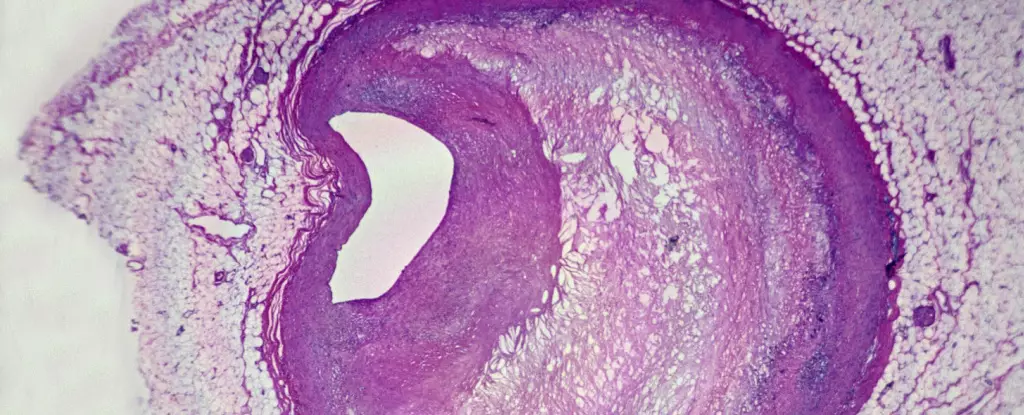Plastics have become an omnipresent element in modern society, infiltrating nearly every aspect of our daily lives. Recent studies have illuminated a troubling reality: microplastics—tiny particles resulting from the breakdown of larger plastic items—have been detected inside human organs, with even the placenta not spared. This discovery raises pressing questions concerning the implications of these contaminants for human health. As scientists strive to comprehend the potential dangers posed by microplastics, it’s essential to analyze both existing research and the broader implications for public health.
Microplastics are usually defined as plastic particles less than 5mm in size that enter our environment through various channels: breakdown of larger plastic debris, industrial activity, and consumer products. The pervasive use of plastics extends across industries, contributing to an alarming accumulation of these tiny fragments in the environment. As these materials degrade, they can migrate into the air, soil, and water, inevitably leading to their infiltration into food chains and, ultimately, human bodies.
Researchers have been actively investigating their effects using animal models and organ mimics. Although lab-controlled experiments might provide insight, they often don’t reflect real-life exposure levels experienced by individuals in everyday situations. This discrepancy underscores the urgency for more comprehensive studies focused on human subjects.
A recent investigative study conducted in Italy shines a light on the hidden dangers of microplastics as they relate to cardiovascular health. Surgical specimens, particularly fatty deposits known as plaques taken from patients undergoing carotid endarterectomy, revealed a concerning discovery: microplastic shards were present in a significant proportion of samples. The research team, led by Raffaele Marfella from the University of Campania, followed 257 patients over the course of 34 months to compare health outcomes for those with and without microplastics in their plaques.
The results were alarming—those found to have microplastics in their arterial plaques were 4.5 times more likely to experience severe cardiovascular events, including strokes and heart attacks. Relying on advanced analytical methods, such as pyrolysis-gas chromatography-mass spectrometry, researchers confirmed the presence of polyethylene and polyvinyl chloride in patients’ tissues, suggesting that these common types of plastic could be contributing to vascular health issues.
The biological mechanisms by which microplastics could adversely affect cardiovascular health remain under investigation. Nevertheless, laboratory studies on animals have indicated that these particles can instigate inflammatory responses and oxidative stress—key players in the development and progression of cardiovascular diseases. For instance, researchers observed that microplastics may inflict injuries to heart cells, leading to scarring and subsequent impairment of heart functionality.
Moreover, an increase in inflammation markers within the fatty plaques of patients who tested positive for microplastics speaks volumes to the potential pathways for health deterioration. It is essential to acknowledge that mere association does not imply causation; while the study suggests there may be a connection between microplastics and cardiovascular diseases, other factors (e.g., smoking, sedentary lifestyles) were not adequately accounted for. Thus, while the data is compelling, more rigorous studies are required to understand the true extent of environmental plastics’ impact on human health.
The production of plastics has surged dramatically over the past two decades, significantly outpacing recycling efforts. In stark contrast, cardiovascular disease rates have shown a decline in some regions globally. This conundrum prompts additional questions for researchers: What role do microplastics play in health outcomes, considering a multitude of lifestyle factors? As plastic production and consumption continue unabated, a coordinated effort across various sectors to mitigate exposure is more crucial than ever.
Debate persists over how society can confront the pervasive nature of microplastics. Will regulatory actions targeting plastic production and disposal be prioritized? Can consumers adapt to more sustainable practices that minimize plastic waste? Addressing these queries calls for collective action and decisive policy changes aimed at curtailing environmental degradation for the sake of public health.
The growing evidence of microplastics infiltrating the human body forces us to confront an uncomfortable truth about modern life. With pressing questions regarding their health effects, it becomes increasingly vital for scientific inquiry to advance in this arena. While studies are beginning to shed light on the correlation between microplastics and serious health outcomes, including cardiovascular disease, the journey to understanding the full scope of risks associated with these invaders is undoubtedly an ongoing challenge. It is paramount for researchers, policymakers, and the public to work collaboratively towards strategies that prioritize health in an age marked by plastic proliferation.


Leave a Reply